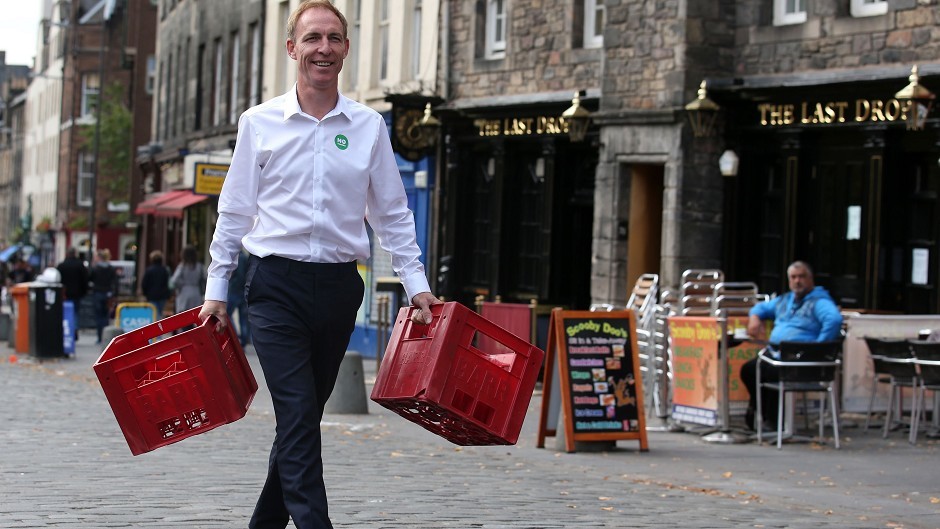In the end it was no great surprise that East Renfrewshire MP Jim Murphy decided to enter the race to become the next leader of the Scottish Labour Party and First Minister of Scotland.
He played a key role in the independence referendum campaign with his 100 streets in 100 days soap box tour and as a result of his efforts to preserve Scotland’s place in the UK his public profile is high.
But in order to succeed Nicola Sturgeon as first minister Mr Murphy must win a seat in the Scottish Parliament.
Interestingly his friend Ken Macintosh, who represents more or less the same area south of Glasgow at Holyrood and stood as a party leadership candidate in 2011, has not put his name forward to succeed Johann Lamont.
Insiders say he would only have been prepared to throw his hat into the ring if Mr Murphy, a former Scottish Secretary in Gordon Brown’s government, did not come forward.
So could this mean that a job swap could be on the cards?
Mr Macintosh standing for Labour in East Renfrewshire in the general election next year and Mr Murphy contesting the Eastwood constituency in 2016?
It seems a pretty logical move as neither men will want to abandon the constituencies they have worked hard to represent for so long – Mr Murphy became a MP in 1997 and Mr Macintosh was first elected to Holyrood in 1999.
